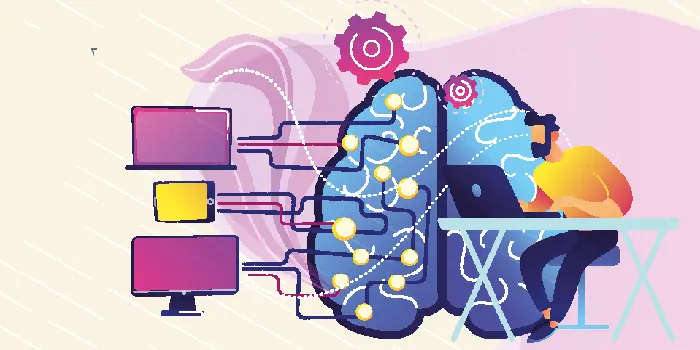AI Glossary
Learning Systems – Short Explanation
Learning systems are AI-driven technologies that improve their performance over time by analyzing data, identifying patterns, and adapting without explicit programming. Unlike traditional rule-based systems, learning systems can independently acquire knowledge—making them essential for applications like predictive analytics, recommendation engines, and autonomous systems.
These systems include approaches such as supervised and unsupervised machine learning and are powered by large, high-quality data collection sets that support their continuous learning and refinement.

How Learning Systems Work in the World of AI
Machine learning (ML) has been a topic of discussion for decades. At a very high level, it describes how computers learn and process information so that they can make accurate predictions when fed data. While the concept has been around for a while, its implementation has been lacking until recently.
Latest advances in computing technology have helped propel AI and ML into the forefront once again. With progress in deep learning models and the growth of big data, more information is available than ever before. The complexity of learning has not gone away, but the changes in technology have helped to alleviate the burden.
Machine Learning methods are generally classified as supervised or unsupervised. With supervised learning, the algorithms use labeled data examples. In this case, learning systems are trained on known training datasets. After the training, they are able to make predictions which are compared to the intended outputs. Unsupervised learning is very different. As the data is neither labeled nor structured, the learning system is unable to validate whether the output provided is correct or not. What the system does, in this case, is to create inferences from the data to show patterns that would not immediately be obvious. To support such complex learning tasks, image annotation services and video annotation services can provide the meticulous labeling that supervised learning methods require.
Machine learning provides companies and businesses with new capabilities for the analysis of massive amounts of data. In addition to the ability to analyze more information, machine learning can do this at a speed and accuracy level that is impossible for humans to match. However, getting the system to that level requires significant amounts of time and resources, including data to ensure that it is properly trained.
